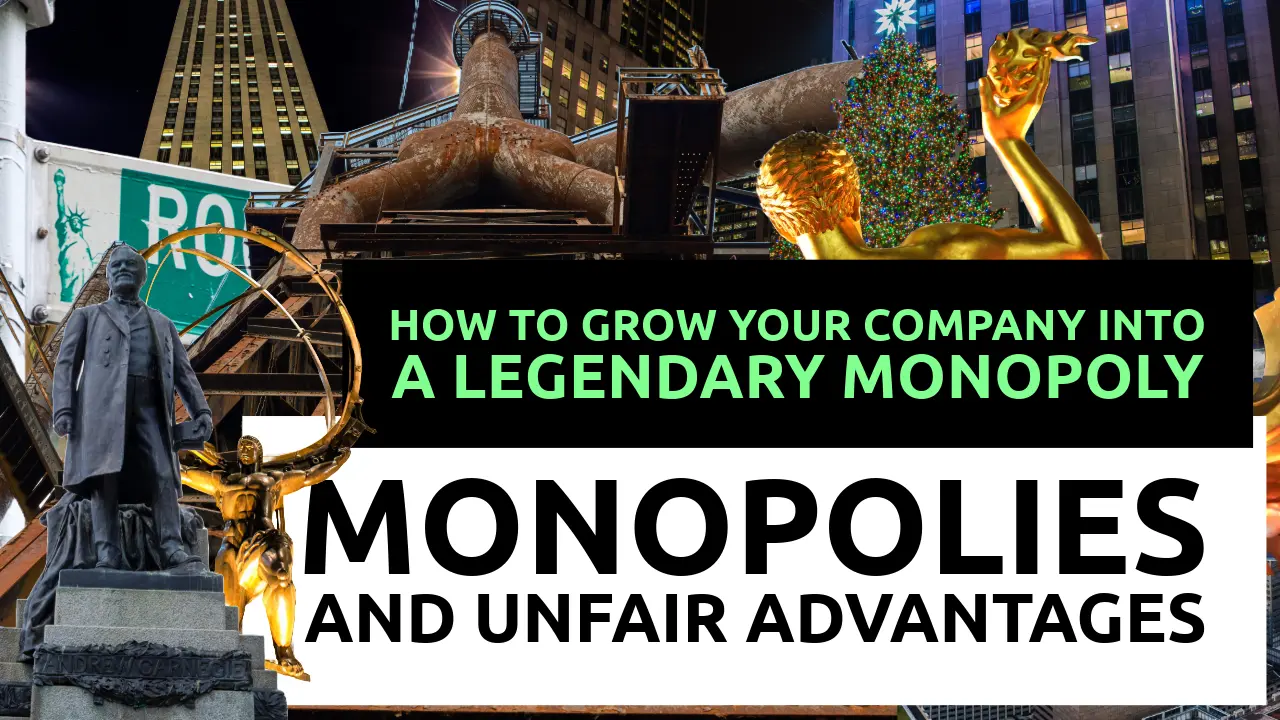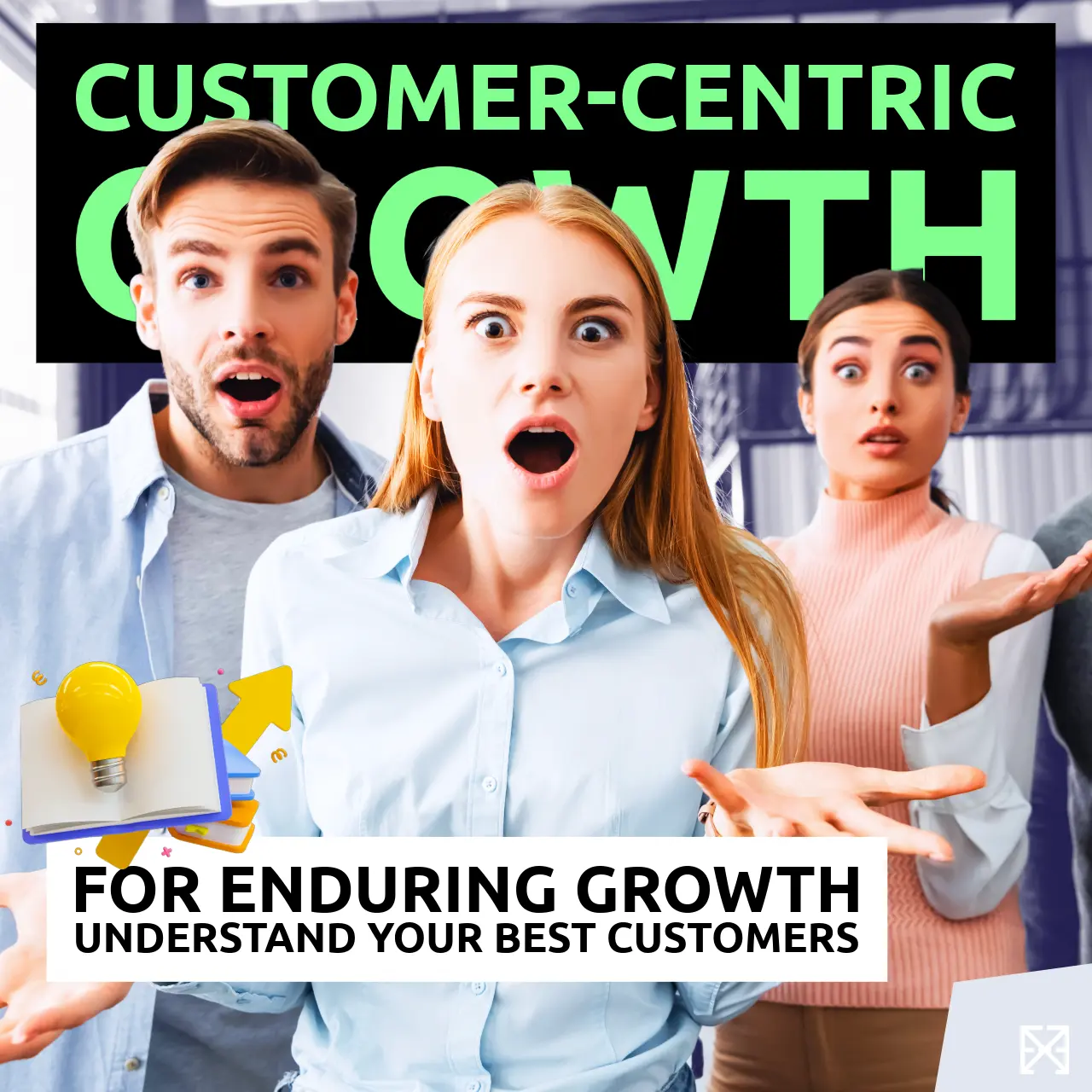At the start of the 20th century globalization meant being or becoming a global citizen, something that became even more prominent after the big wars.
Globalization in the 1960’s and 1970’s was traveling the entire world with just a backpack.
Now these roads have become the new silk road between borders often impregnable for the wanderer but not for goods.
Many companies are leveraging global disparities in wage levels to build cost-effective development teams. This can be seen as part of the broader strategy to create cost advantages, which could include economies of scale and other operational efficiencies.
But it is only one element of the scaffold on which you can build a defensible position for your company.
Something that is stronger than any unfair advantage that fades over time.
Something that is stronger than the commonly known advantages that insider industry knowledge, connections, and increasingly, international development teams leveraging lower labor costs in educated populations abroad.
Peter Thiel demands of you to create monopolies.
Thiel sees 4 components as critical to your company’s survival and success:
- Proprietary Technology
- Network Effects
- Economies of Scale
- Brand
Monopolies as unfair advantage is not just about having something good but having something uniquely better—a moat that protects you from competition and helps sustain your growth and profitability.
Monopolies and Unfair Advantages
When Peter Thiel speaks of unfair advantages he uses the term monopolies.
Using “Unfair Advantages” frames your thinking regarding the process of becoming such a monopoly, and get you thinking, unlike the seemly an unattainable goal of being a monopoly—that you become inevitably. But maybe that is what a successful entrepreneur needs in Thiel’s eyes: the unshakeable determination to build a monopoly and find every way possible to do so.
Thiel asks “What does a company with large cash flows far into the future look like?”
And details them out in his book, “Zero to One”: every monopoly is unique, but they usually share some combination of the following characteristics: proprietary technology, network effects, economies of scale, and branding.
This isn’t a list of boxes to check as you build your business—there’s no shortcut to monopoly. However, analyzing your business according to these characteristics can help you think about how to make it durable. (Zero to One)
Thiel argues that a startup must build something so effectively unique that it becomes irreplaceable—at least temporarily. The core of an unfair advantage lies in creating a monopoly-like status through innovation.
1. Proprietary Technology
This is the most solid form of unfair advantage according to Thiel.
For a technology to confer a significant competitive edge, it must be at least 10x better than its nearest existing alternative in some crucial aspect. This benchmark of "ten times better" is not arbitrary but is intended to represent a quantum leap in benefits that are easily perceivable and compelling to users.
This means that your technology must offer dramatically superior performance or cost efficiency, like faster processing speeds, lower power consumption, greater ease of use, or any other **critical metric that matters to customers**.
Which means your improvement must translate into real-world value for users, compelling them to switch from existing solutions and discouraging them from reverting to or choosing lesser alternatives, including non-consumption.
To be considered an unfair advantage your solution should be at least 10x better than its closest substitute in some important dimension to achieve a qualitative leap in value.
The proprietary aspect implies that the technology is unique to the company and protected against competition via patents, trade secrets, or complexity of design and implementation that others cannot easily duplicate. Some kind of intellectual property (IP) – which can also be brand – is what we all posit for a company to confer a significant competitive edge. But property without market impact zeroes out your competitive advantage.
So the technology should fundamentally change how a market operates or create a new market entirely, positioning the company as a leader and essential provider within that space.
When are strategically planning growth, think about how such technological advancements can reshape industries on the dimensions of Significant Improvement, Hard to Replicate, Value Creation, Market Impact.
Companies that successfully leveraged proprietary technologies to dominate their markets are for example Google's search algorithms or Tesla's electric powertrains.
2. Network Effects
Network Effects is the advantage that grows stronger as more users join the network. Think of how Facebook or Uber became more valuable as more people used their platforms.
Peter Thiel's concept of "Network Effects" as an unfair advantage refers to the phenomenon where a product or service gains additional value as more people use it. This value increase is exponential, not linear, because each new user adds utility for all existing users, thereby attracting more new users in a virtuous cycle.
Network Effects are the darling of all the people abiding by the power law—which are VCs especially. So if you can bake it into your product then red carpets will be rolled down Sandhill road for you.
There are great books on the network effects, The Cold Start Problem especially, so lets make this a a straightforward breakdown.
- Value Amplification. As the user base expands, each user adds value to others. For instance, each additional seller on eBay increases the variety of goods available, attracting more buyers; each additional buyer, in turn, attracts more sellers.
- Market Dominance. When network effects are in play, they lead to winner-takes-all markets. The company grows fastest (Blitzscaling) often becomes almost impossible to dislodge because the utility of its network far surpasses that of smaller competitors with fewer users.
Fast growth is for the most part unsustainable and unintuitive hence the concept of Blitzscaling and the asset class associated with risk aka venture capital being needed. But it highlights one more crucial advantage it unlocks:
- Scalability. Products that leverage network effects can scale more effectively, as the cost of acquiring new users decreases while the value of the network to each user increases, thus facilitating more organic growth through word-of-mouth and viral mechanisms.
- Barriers to Entry. Network effects create high barriers to entry for new entrants. New competitors must not only match the incumbent’s product quality but also overcome the incumbent’s user base advantage.
How can you embed these dynamics into your growth and competitive strategies, like Facebook, eBay, or Uber that have shaped broad sectors and changed consumer behaviors fundamentally?
3. Economies of Scale
Economies of scale are relevant for businesses that can grow large enough to drive down costs, often through vertical integration or geographic expansion.
Also, large-scale operations can deter new entrants due to the significant capital and operational investment required to compete at a similar scale, thereby securing a market position for the established company.
Focusing on how your businesses can reduce costs, waste and become more effiecitnt is a great way to grow and collect the resources you need for other, more ambitious and experimental growth initiatives.
The mechanism of efficiency per unit by increasing production volume works like thisyou’re your company produces more units of a good or service, the cost of producing each unit typically decreases. This reduction happens because fixed costs, such as capital investments and management salaries, are spread over a larger number of units.
Larger production volumes often enable more efficient use of resources. For example, buying raw materials in bulk usually results in lower per-unit costs due to volume discounts.
You can also think about vertically integrating your value chain. By controlling more of your supply chain, a company can reduce costs associated with middlemen, improve logistics and supply efficiencies, and gain better control over the production process.
Discussing economies of scale think of companies like Amazon and Walmart – which have leveraged scale to dominate their respective markets – and the strategic moves they made in scaling operations.
The competitive dynamics these moves create within industries include Cost Reduction, Operational Efficiency, Vertical Integration, Geographic Expansion, Barrier to Entry.
4. Branding
Peter Thiel highlights "Branding" as the 4th type of unfair advantage, emphasizing its role as a major differentiator that can significantly elevate a company above its competitors.
A strong, unique brand itself be a powerful differentiator.
Apple’s branding, for example, sets it apart from other technology companies, so much so that we are eager to wait for the new rather than the gadget with the latest technology.
Because a strong brand creates a unique identity and fosters a specific perception in the marketplace. It’s not just about logo and color scheme, but the entire consumer experience and the values the brand represents. Apple is associated with innovation, quality, and premium design, which distinguishes it from competitors that compete on features and price.
Effective branding builds emotional connections with consumers, leading to increased loyalty and a higher likelihood of repeat purchases. This trust protects you from competitors who might offer lower prices or similar features. A trustworthy brand can even command premium pricing because of the perceived higher value associated with its products or services:
- We can trust you that you won’t sell our data,
- we can trust you that your logo and reputation will rub of on me,
- we can trust you that you will only ship products and services that fit into our lives,
Consumers are often willing to pay more for brands they trust and see as superior.
A distinctive brand helps a company position itself clearly in its market segment, targeting its desired audience more effectively and differentiating its offerings from those of competitors.
Well-established brands can act as a barrier to new entrants who struggle to compete against strong brand loyalty and market presence without significant investment.
So when you think about advantages, you might start to think with branding in mind and how you want to perceive and what kind of customers you want to attract.
Ty it into your broader discussions on marketing, consumer behavior, and strategic business development and consider these aspects:
- Identity and Perception
- Customer Loyalty
- Pricing
- Market Positioning
- Barrier to Entry
Think about how companies like Apple have leveraged their brand to secure a market-leading position.
Overall, I urge you to sooner than later realize how branding interacts with other business strategies to create sustainable competitive advantages.
Non-innovation and Other Advantages
Sometimes, being first to market or changing the regulatory framework or preferred access or arbitrage skimming can create barriers to entry for competitors.
Legal or Regulatory Advantages
Legal or regulatory advantages go beyond regulatory capture—something that has recently become more popular to point out in media ever since Bill Gurley from Benchmark made an entire talk about it.
Legal or regulatory advantages as an unfair advantage refers to the ability of a company to use legal and regulatory mechanisms to secure its market position and create barriers for competitors rather than innovation.
This can happen in 4 distinct ways.
Companies that are first to market can often shape industry standards and influence the regulatory environment in ways that favor them. This makes it a type of First-Mover Advantage, just as being first can allow you to secure essential patents or copyrights, limiting competitors' ability to offer similar products or services.
Similar with gaining exclusive rights through contracts or government licenses preventing competitors from entering certain markets or using essential technologies and resources.
Regulatory Capture occurs when usually a large company with lobbying power successfully influences regulatory bodies to make decisions that favor it over competitors.
Regulatory capture comes in 2 very well recognizable forms:
- lobbying for regulations that impose higher barriers to entry for new players, and
- pushing for subsidies that disproportionately benefit established firms.
Generally, the compliance with complex regulations can be a limiting factor for market entry or a source for innovation. Larger, established companies might be better equipped to handle complex legal requirements, making compliance a competitive advantage whereas smaller or new entrants might struggle with the resources required to meet these standards, thereby limiting their market entry. Unless… well disruption…
So you might want to think about how companies like Uber or Airbnb navigated and sometimes shaped regulatory landscapes to create competitive moats. While the strategic use of legal and regulatory frameworks might be the most boring way to do a startup and definitely less likely to make this world a better place or get us to the moon, the might be the most profitable ones scaring away everyone else.
Whatever you do, think about proactively engaging with these 4 frameworks to solidify your market position and sustain your competitive advantages long-term.












